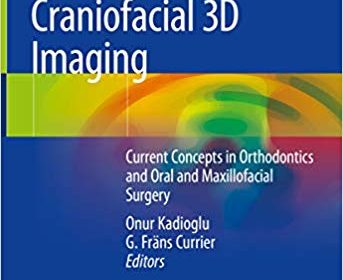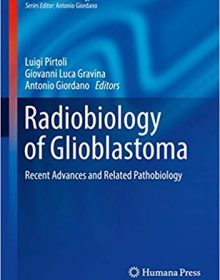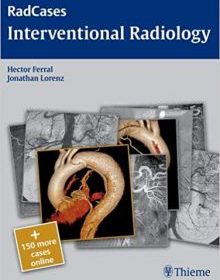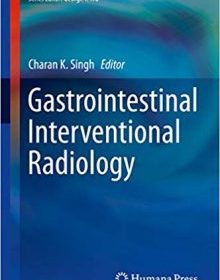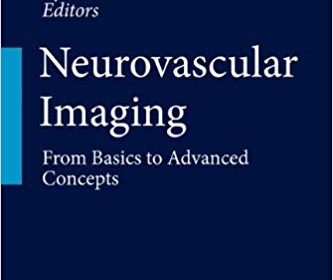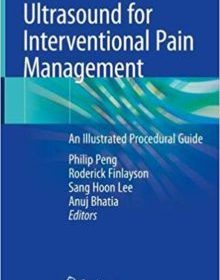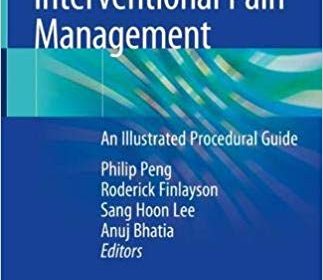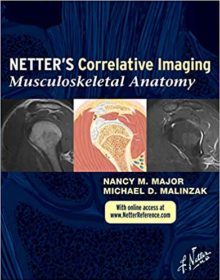Imaging of Brain Tumors with Histological Correlations 2nd Edition
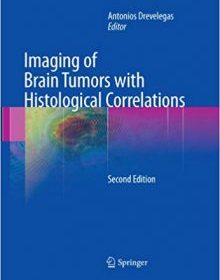
Imaging of Brain Tumors with Histological Correlations 2nd Edition
This volume provides a deeper understanding of the diagnosis of brain tumors by correlating radiographic imaging features with the underlying pathological abnormalities. All modern imaging modalities are used to complete a diagnostic overview of brain tumors with emphasis on recent advances in diagnostic neuroradiology. High-quality illustrations depicting common and uncommon imaging characteristics of a wide range of brain tumors are presented and analysed, drawing attention to the ways in which these characteristics reflect different aspects of pathology. Important theoretical considerations are also discussed. Since the first edition, chapters have been revised and updated and new material has been added, including detailed information on the clinical application of functional MRI and diffusion tensor imaging. Radiologists and other clinicians interested in the current diagnostic approach to brain tumors will find this book to be an invaluable and enlightening clinical tool.

